15 New Rules Dog Owners Need To Know Before Flying

Bringing your dog on a flight? It’s not as straightforward as it once was. Airlines have quietly updated how they handle animals in the air. Between policy shifts and stricter enforcement, knowing what’s changed can save you—and your pet—a lot of trouble.
Emotional Support Animals Are No Longer Considered Service Dogs
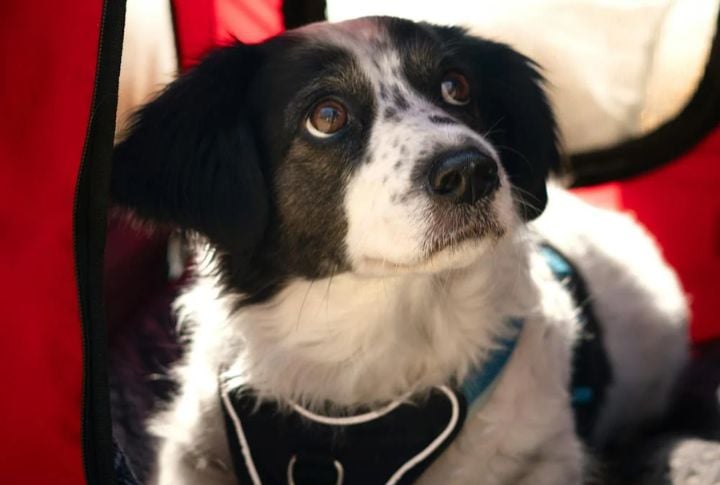
New DOT rules mean emotional support animals no longer qualify for free in-cabin access. Airlines can now treat them as pets, requiring carriers, fees, and restrictions. The change followed growing abuse of ESA claims that endangered passengers and disrupted flights.
Service Dogs Must Meet Stricter Standards
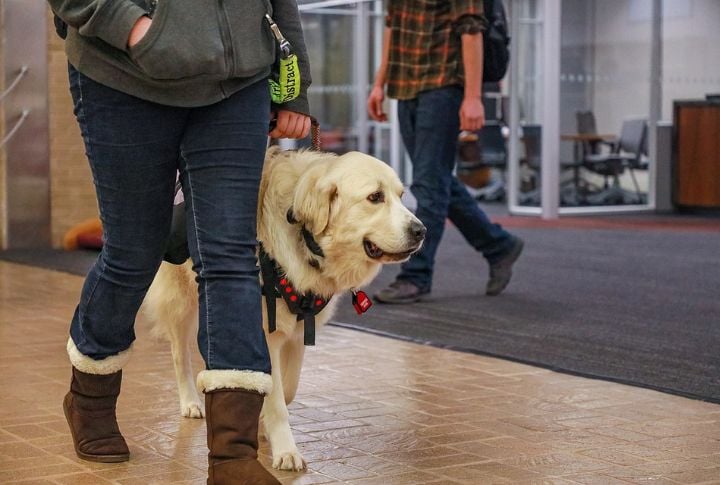
Only dogs individually trained to perform disability-related tasks are recognized as service animals. Airlines require advance documentation and may ask questions about the animal’s behavior. Other species, including cats and miniature horses, no longer qualify.
Advance Booking Is Now Required For Pet Travel

Pet spots are limited and issued on a first-come, first-served basis. Airlines no longer allow walk-up pet check-ins. Passengers must contact the airline in advance, provide carrier dimensions, and pay the required fees at the time of booking.
Cargo Travel For Pets Is More Restricted Than Ever

Flying a dog in cargo used to be simple. Now, it’s seasonal. If the weather is too hot or too cold, many airlines refuse to carry pets. Even with early planning, route restrictions and aircraft types may block the booking.
Flat-Nosed Breeds Are Banned From Cargo Holds

Brachycephalic dogs like Bulldogs and Pugs face higher health risks during flights. Many carriers now prohibit them from flying in the cargo hold altogether. In-cabin travel may still be allowed if the pet meets weight and carrier size rules.
CDC Rules Have Affected International Pet Travel

In response to rabies risk, the CDC has implemented stricter import regulations. Dogs returning from high-risk countries need proof of vaccination, a microchip, and CDC clearance. These rules have impacted both vacationers and rescue organizations.
Pet Fees Have Increased Across Most Airlines

Flying with a pet in the cabin now costs more. Fees range widely by airline, often between $95 and $200 per leg. Unlike regular baggage fees, these are usually non-refundable, even if your pet is denied at the gate.
Limits On Flying With Multiple Pets

Most airlines no longer allow multiple pets in a single carrier. While some do permit up to two pets per passenger, each must have its own approved carrier and meet strict size and weight limits. Families traveling with more than one pet may still need to plan carefully or split up.
Pet Carriers Must Meet Updated Design Requirements
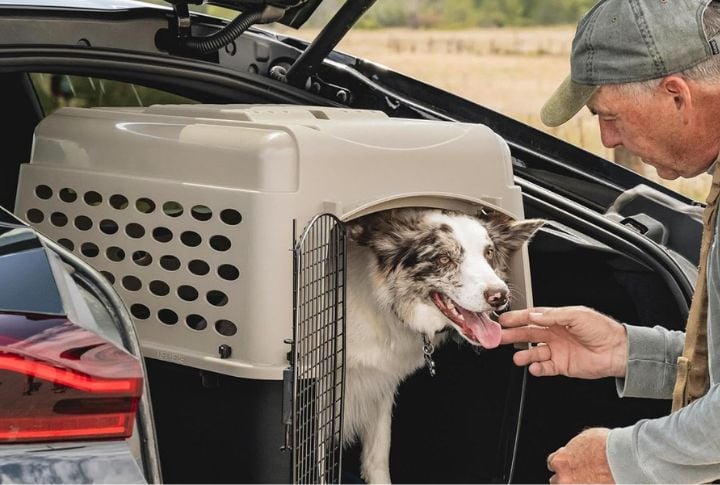
Acceptable carriers now have to be soft-sided, ventilated, and able to fit under the seat. Some airlines reject carriers that leak, collapse, or lack secure closures. Dimensions vary slightly, so checking your airline’s website is essential before travel day.
More Airports Now Offer Pet Relief Areas

Many airports now include designated pet relief areas, often located past security. These spaces help reduce in-flight accidents and ease layovers for travelers with dogs. Their installation also supports accessibility compliance for passengers traveling with service animals.
Onboard Pet Behavior Is Being Monitored More Closely

Airlines can remove a pet or deny boarding if the animal barks excessively, growls, or shows aggression. Staff are trained to observe signs of stress or poor training, and disruptive pets may not be allowed to complete their trip.
Health Certificates May Be Required For Domestic Travel
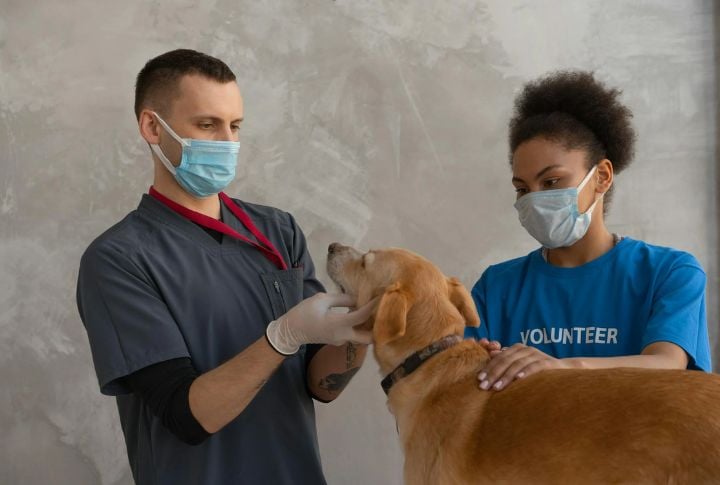
Though not a federal rule, several carriers expect a vet-issued certificate confirming the dog’s health status. This typically must be issued within 10 days of travel, and the dog must be confirmed to be fit to fly and disease-free.
Airlines Are Providing Pet-Specific Travel Resources

Most major carriers now host dedicated pet travel pages on their websites. These offer checklists, approved carrier specs, and airline-specific policies. Some also include breed exclusions, seasonal embargoes, and temperature alerts.
Pets Must Stay Completely Inside The Carrier
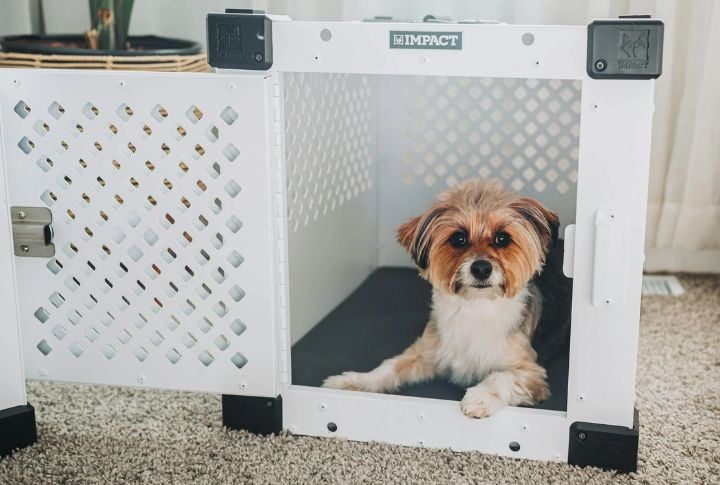
Airlines now strictly enforce the rule that pets must remain fully enclosed in their carrier throughout the flight. No heads poking out, no laps, and no partial zips. Flight attendants are instructed to intervene if this rule is broken. Noncompliance can even lead to removal or denied boarding on future trips
Only Small Dogs Qualify For In-Cabin Travel

Most airlines enforce a weight cap of around 20 pounds for in-cabin dogs. Larger animals must travel in the hold or stay grounded. Space is limited, and once the pet slots fill up, no more are accepted, regardless of need.






